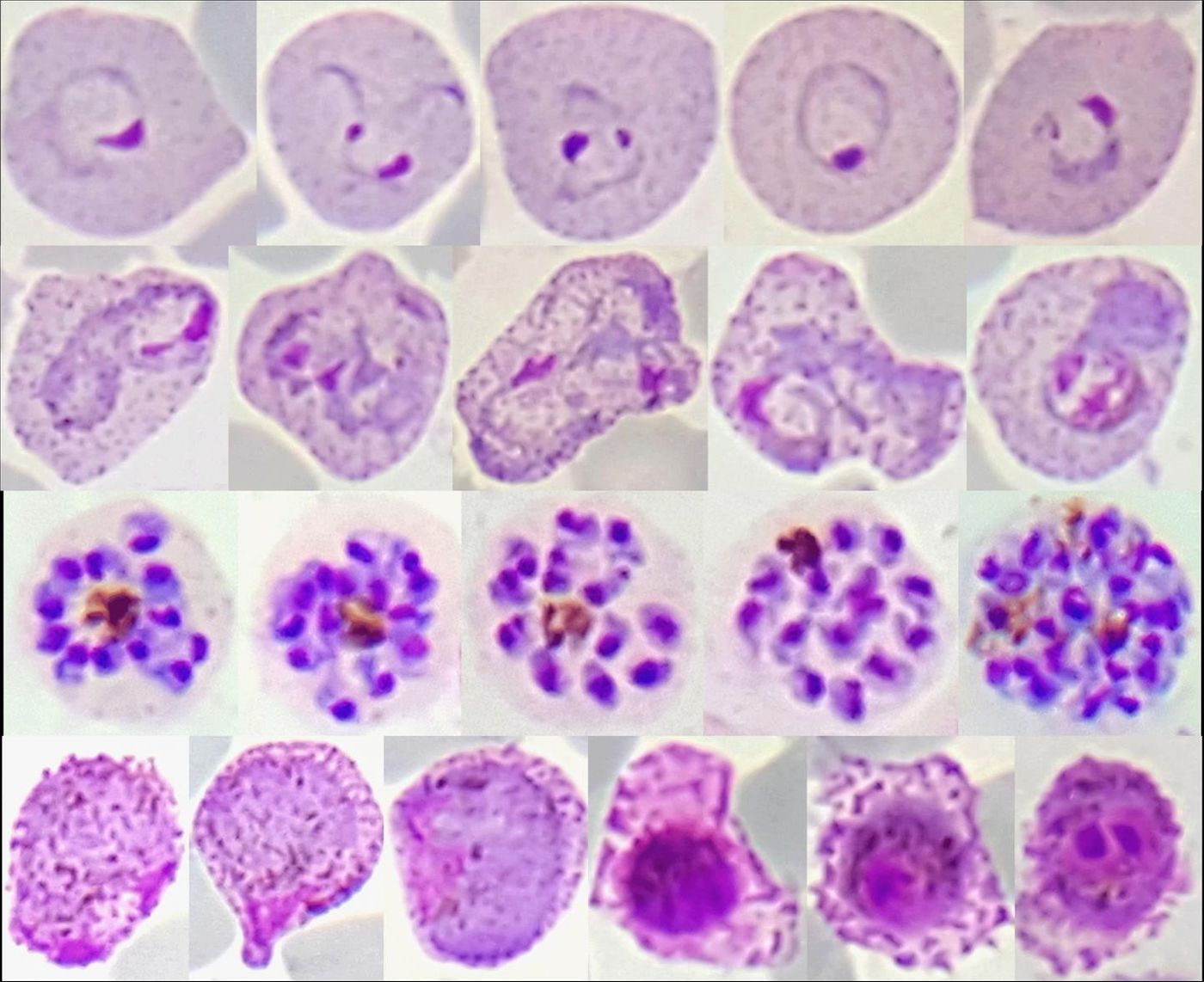In the world of malaria infection,
Plasmodium falciparum parasites will always be queen to their less lethal cousin,
Plasmodium vivax. However,
P. vivax has a unique pathogenic arsenal of its own, with a significantly higher genetic diversity than
P. falciparum. A new study sponsored by the National Institute of Allergy and Infectious Diseases focused specifically on the less popular malaria parasite, sequencing entire genomes of almost 200 strains.
Malaria is a mosquito-borne disease that becomes severe after just 24 hours of infection. A treatment called artemisinin-based combination therapy (ACT) is available to treat malaria, but quick diagnoses are often difficult to make due to initial symptoms (fever, headache, chills, vomiting) being confused with other, minor illnesses. Malaria infections from the
P. vivax parasite are indeed less common than those from
P. falciparum, but
P. vivax still causes up to 16 million cases of malaria per year.
P. vivax parasites have a few tricks up their sleeves that make them especially difficult to be controlled or treated. One form of
P. vivax remains dormant in the liver for months at a time, causing spells of fever and weakness every so often just to remind the infected person that it’s there. This parasite is also impossible to be grown in the lab, knocking out a key step in the scientific process that researchers use to study pathogens, looking for weak spots.
Potentially one of the most frightening qualities of
P. vivax parasites is their massive genetic diversity. Like the flu virus that mutates every year, putting researchers to the test to come up with new vaccines every year to prevent outbreaks,
P. vivax strains differ in communities and in larger regions so that a single drug target will only work for a small proportion of all
P. vivax strains. “The research community has always known that
P. vivax would be the last malaria parasite standing,” said Jane Carlton, PhD, one of the study leaders from New York University.
Along with co-leader Daniel Neafsey, PhD, from the Broad Institute, Carlton and their team developed their study based off of 2012 findings that showed
P. vivax parasites have twice the genetic diversity as their
P. falciparum parasitic cousins. In addition to the three countries represented from the 2012 study, Carlton and Neafsey added eight more countries from volunteer blood samples. Countries represented included Papua New Guinea, India, Thailand, Mexico, and countries in South and Central America.
A unique technique developed by Neafsey and colleagues from the Broad Institute enabled the researchers to increase and isolate parasitic DNA in red blood cell samples from human DNA, which appeared in much larger amounts. The volunteer blood samples and the new technology led to the cultivation of 182 genetic sequences of parasitic isolates, “confirming and expanding” their understanding of
P. vivax parasites’ unique genetic diversity.
Now being able to associate certain genetic variants with certain countries and regions within those countries, scientists can begin to understand how
P. vivax has adapted to different mosquito vectors as well as to different human populations. By comprehending more about the movement of
P. vivax over time, scientists are one step closer to developing a more effective way to prevent this invasive parasite from infecting people with malaria.
P. vivax may be the last parasite standing, but scientists plan to have a solution for their destruction when the time comes.
Sources:
National Institutes of Health,
National Institute of Allergy and Infectious Diseases,
World Health Organization









